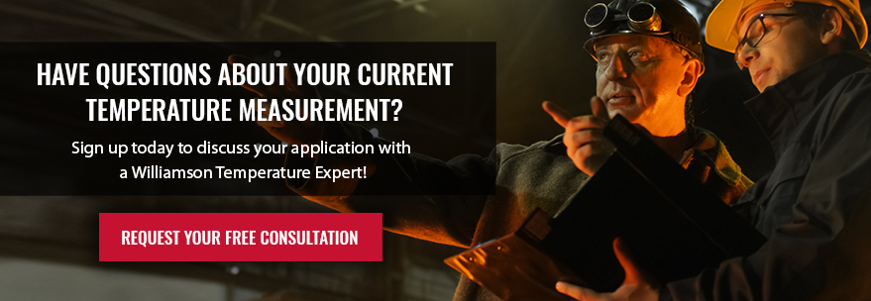What is Emissivity?
Not all surfaces are the same. Depending on what you’re pointing your infrared temperature sensor at you’re likely to get variations in emitted infrared energy. This variation is called emissivity. Emissivity is a measure of a material’s ability to emit infrared energy. Emissivity is typically measured on a scale from 0.00 to 1.00. Reflectivity on the other hand, is how much light is reflected from the materials surface
Emissivity is defined by a ratio of infrared energy emitted by an object, compared to that emitted by an ideal blackbody, if both are at the same temperature. The closer a material’s emissivity is to 1.00, the more that material tends to absorb infrared energy and emit only its own infrared energy. These are ideal surfaces for accurate temperature readings.
Surfaces can exhibit emissivity values ranging anywhere from 0.01 to 0.99. A highly polished metallic surface like aluminum or copper are often below 0.10 and are practically an infrared mirror. Heavily oxidized metallic surfaces will have a much higher emissivity (0.6 or greater depending on the surface condition and the amount of oxidation). Most flat-finish paints are around 0.90 (in long-wave infrared) while human skin and water are about 0.98.
What is Reflectivity?
Materials with very low emissivity (0.0-0.2), like highly polished metals, tend to be very reflective of ambient infrared energy and less effective at emitting their own electromagnetic waves. If you were to point a Williamson single-wavelength infrared pyrometer at the side of a stainless steel pot filled with boiling water, for example, you might get a reading closer to 100°F (38°C) than 212°F (100°C). That’s because the shiny metal is better at reflecting the ambient radiation of the room than it is at emitting its own infrared energy. Williamson multi-wavelength technology utilizes a unique algorithm that can account for and make adjustments to read the true temperature even for materials that are highly reflective.

For higher emissivity objects, reflected temperature has less influence. For lower emissivity objects, however, it’s a critical factor that *must be* understood carefully in order to use infrared technology. As emissivity decreases, what you are measuring is coming more from the surfaces of surrounding objects (including the camera and operator), not the target you are inspecting. It is important to follow our best practices guide for the latest technology and installation tips to avoid interferences and reflections.


